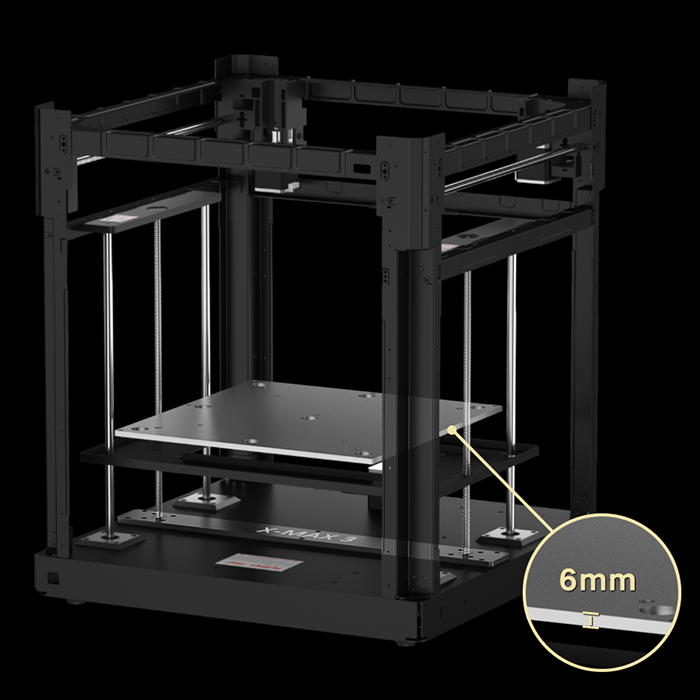Understanding the Basics of FDM 3D Printing: An Introduction for Beginners
As you embark on your journey into the world of 3D printing, it is essential to grasp the fundamentals of Fused Deposition Modeling (FDM). This technology is widely recognized for its accessibility and versatility, making it an excellent choice for beginners. In this article, we will explore your first steps in FDM 3D printing: a comprehensive guide to help you navigate this exciting field. 
Your First Steps in FDM 3D Printing: Understanding the Technology
FDM 3D printing works by melting thermoplastic filament and extruding it layer by layer to create a three-dimensional object. But what does this process entail? Here are the key components involved:
- 3D Printer: The machine that performs the printing.
- Filament: The material used for printing, typically available in PLA, ABS, and PETG.
- Software: Programs that convert 3D models into instructions for the printer.
Understanding these components is crucial as they form the foundation of your 3D printing experience. If you are curious about how to select the right printer and filament, consider visiting  for more insights. for more insights.
Your First Steps in FDM 3D Printing: Setting Up Your Workspace
Creating a conducive workspace is vital for successful FDM printing. Here are some tips to consider:
- Choose a well-ventilated area to minimize fumes from the filament.
- Ensure a stable surface to prevent vibrations during printing.
- Organize your tools and materials for easy access.
By following these guidelines, you can enhance your printing experience and achieve better results. Have you thought about how your workspace can impact your printing outcomes?
Your First Steps in FDM 3D Printing: Learning the Software
Before you can start printing, you need to familiarize yourself with slicing software. This software translates your 3D model into G-code, which the printer understands. Popular options include:
- Cura: An open-source slicing software that is user-friendly.
- Simplify3D: A paid option with advanced features.
- PrusaSlicer: Ideal for Prusa printers but versatile for others as well.
Understanding how to use slicing software is a critical step in your first steps in FDM 3D printing: a comprehensive guide. It allows you to customize print settings for optimal results.
Your First Steps in FDM 3D Printing: Troubleshooting Common Issues
As you begin printing, you may encounter challenges. Common issues include:
- Clogged nozzles: Regular maintenance can prevent this.
- Bed adhesion problems: Ensure the print bed is clean and leveled.
- Inconsistent extrusion: Check the filament and printer settings.
By being aware of these potential issues, you can troubleshoot effectively and improve your printing skills. What challenges have you faced in your 3D printing journey?
In conclusion, understanding the basics of FDM 3D printing is an exciting endeavor. By following your first steps in FDM 3D printing: a comprehensive guide, you can set yourself up for success in this innovative field. Happy printing!
|